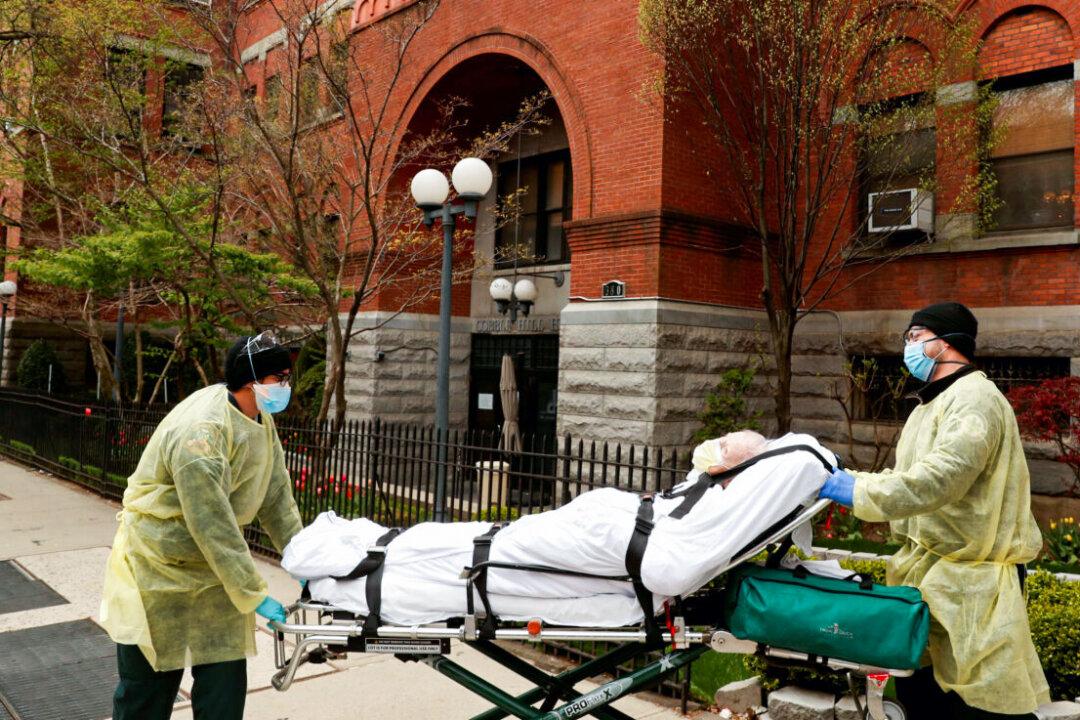Former New York Gov. Andrew Cuomo’s administration undercounted COVID-19 deaths in nursing homes by more than 4,000 during the pandemic, according to an audit released on March 15 by the state comptroller.
The audit, released by New York State Comptroller Thomas P. DiNapoli, accuses the New York State Department of Health of having “misled the public” during the COVID-19 pandemic, and at certain points of having undercounted the number of nursing home deaths by more than 50 percent.





